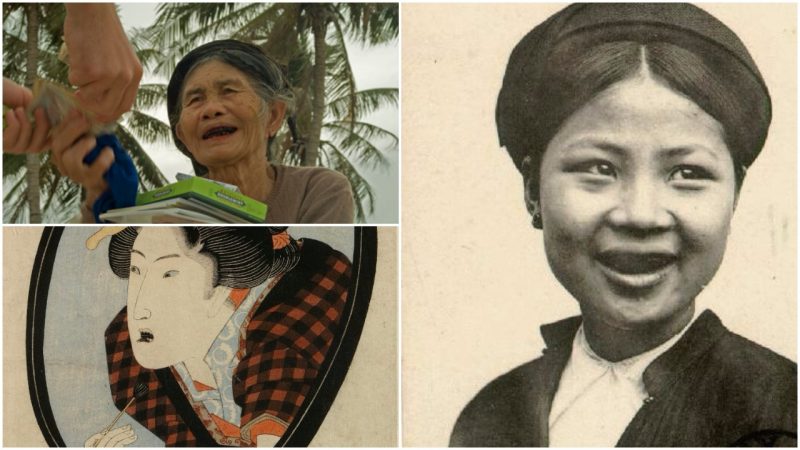Every era, as well as every culture, follows a specific beauty paradigm. For instance, bright white teeth always were, and still are, a symbol of beauty and good hygiene in western civilization.
Conversely, in eastern culture, especially in 19th-century Japan, pitch black teeth signified health, beauty, and aristocratic status.
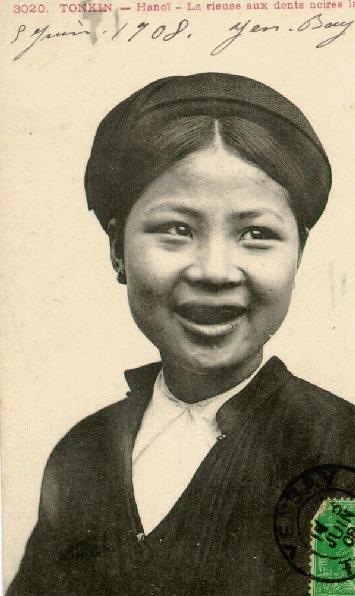
Ohaguro is a custom of dyeing one’s teeth black, it was most popular in Japan until the Meiji era.
In Japan, Ohaguro existed in one form or another for hundreds of years and was seen amongst the population as beautiful until the end of the Meiji period. Objects that were pitch black, such as glaze-like lacquer, were seen as beautiful.
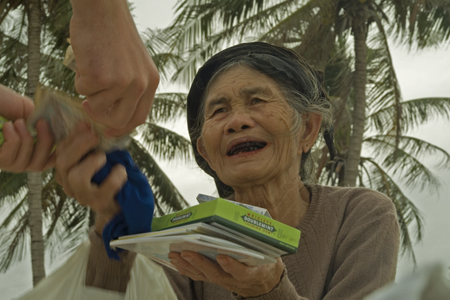
References to ohaguro exist in the Genji Monogatari and Tsutsumi Chūnagon Monogatari. At the end of the Heian period, at the time when aristocratic men and woman reached puberty and celebrated their genpuku or mogi, the Tairasand other samurai, and pages working at large temples dyed their teeth.
In particular, the imperial family and other high-ranking aristocrats who had finished their hakamaza (ceremony where a child is fitted with a hakama) blackened their teeth and painted their eyebrows. This was done in the imperial household until the end of the Edo era.
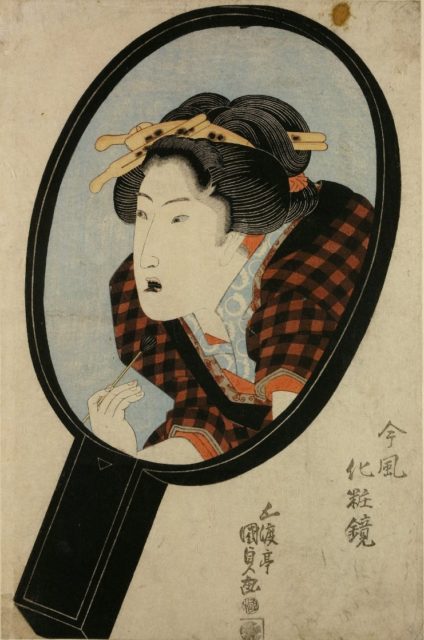
In the Muromachi period, ohaguro was generally seen among adults, though when the Sengoku period arrived, so as to prepare for political marriages of convenience, when the daughters of military commanders were around 8 to 10 years old, they would blacken their teeth as a marking of their coming of age.
Relatives and guardians of the bride who blackened their teeth were called kaneoya.
It is said that military commanders who were struck in the head on the battlefield and who did not want to be ugly would wear average women’s makeup and would blacken their teeth. These faces imitated the Noh masks of women and young boys.
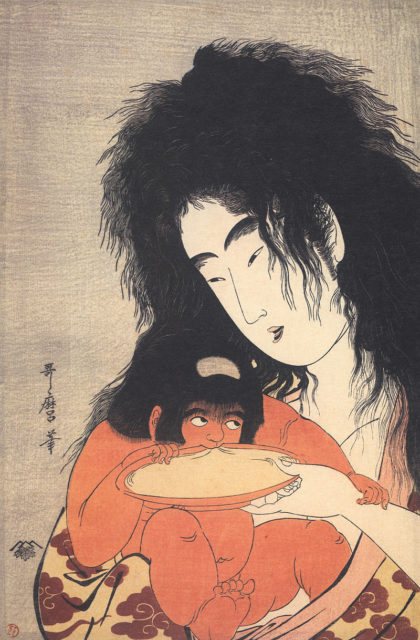
After the Edo period, only men in the imperial family and aristocrats blackened their teeth. Due to the odor and labor required for the process, as well as a feeling among young women that they were aging, ohaguro was done only by married women, unmarried women who were older than 18, prostitutes and geisha.
For rural people, ohaguro was done only at times of special celebrations, such as matsuri, wedding ceremonies, and funerals. There were also depictions of ohaguro in fairy tales, such as Gon, the Little Fox.

On February 5, 1870, the government banned the practice of ohaguro, and the process gradually became obsolete. After the Meiji period it temporarily spread, but in the Taisho period, it almost entirely died out.
In contemporary times, the only places where ohaguro can be seen is in plays, hanamachi (geisha quarters), some matsuri, and movies.
